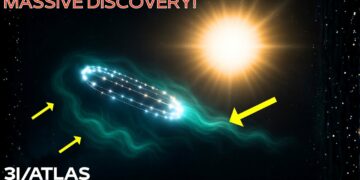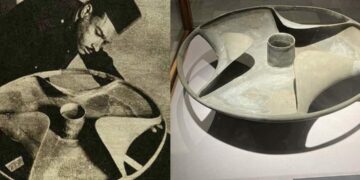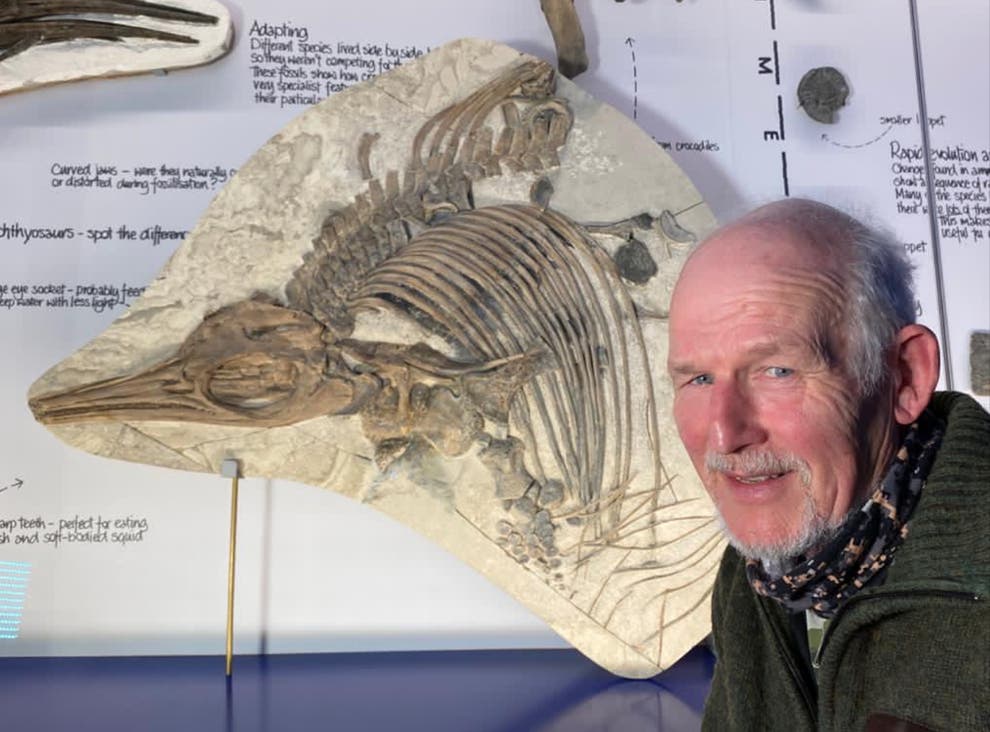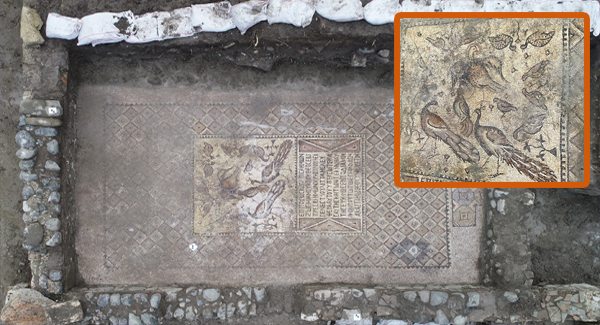The Dawn of Civilization in Sumer
Sumerian tablets, among the oldest known written records, offer a glimpse into one of humanity’s earliest advanced societies. Emerging over 6,000 years ago in Mesopotamia, between the Tigris and Euphrates rivers (modern-day Iraq), the Sumerians developed a remarkably sophisticated civilization. Unlike neighboring cultures, which progressed gradually, Sumer seemed to leap forward with complex governance, codified laws, mathematics, and intricate social structures. This rapid advancement has sparked debate: was their knowledge the result of extraordinary human insight or an external influence?
The Sumerians pioneered transformative innovations, including cuneiform, one of the earliest writing systems, which used wedge-shaped impressions on clay tablets. They invented the wheel, built sailboats for river navigation, established formal legal codes, and created centralized governance. Historians are struck by the speed of these developments, as most ancient societies evolved more slowly. Some liken this burst of knowledge to information being “downloaded” all at once, fueling speculation about its origins.
Preserved Records and Archaeological Insights
Sumerian tablets, preserved through drying or firing clay, have endured for millennia, unlike records on perishable materials used by other civilizations. These tablets document everything from mundane inventories and trade logs to elaborate myths and cosmic events. Archaeological excavations at sites like Uruk, Eridu, and Ur reveal advanced irrigation systems that supported agriculture and urban growth, as well as ziggurats—stepped temple structures symbolizing authority and unity. These achievements laid the foundation for later civilizations like the Akkadians, Babylonians, and Assyrians.
While traditional scholarship views Sumer’s development as organic, recent translations of cuneiform tablets suggest a more complex story, hinting at influences from “beings from the skies” who guided humanity.
Decoding Cuneiform: A Technological Breakthrough
For centuries, cuneiform remained enigmatic, with thousands of tablets languishing untranslated in museum storerooms. Progress was slow until modern computing and linguistic analysis accelerated the process. In 2023, Israeli scholars developed an AI program to translate Akkadian, a language related to Sumerian, enabling rapid processing of complex tablets. New archaeological finds, such as well-preserved tablets from Kur Kston (circa 1800 BCE) and over 200 pristine cuneiform tablets from Girsu, provided master texts for verifying translations. These discoveries, preserved in bitumen-lined containers, include references to events from Sumer’s earliest days.
The tablets cover a wide range of topics: from livestock counts and land measurements to myths, medical knowledge, and advanced astronomical concepts. These findings challenge the view of Sumerian texts as purely symbolic, suggesting a deeper understanding of science and the cosmos.
Astonishing Astronomical Knowledge
Sumerian tablets reveal a surprising grasp of astronomy, including references to planets like Uranus and Neptune, invisible to the naked eye, and a celestial body called Nibiru, described as orbiting beyond Neptune. Scholars debate whether these references reflect advanced knowledge, symbolic language, or external influence. The tablets also mention the precession of the equinoxes, a 25,920-year astronomical cycle, typically attributed to later civilizations. Some argue this knowledge came from centuries of observation, while others propose it was imparted by advanced visitors.
Advanced Technologies and Medical Insights
Beyond astronomy, Sumerian texts describe sophisticated concepts. Some tablets outline surgical techniques, plant-based antiseptics, and what appear to be genetic principles, referencing “essences” or “codes” passed through generations, eerily similar to modern DNA concepts. Others describe devices resembling the Baghdad Battery, combining copper, iron, and acidic fluids to generate power. References to “weapons of light” and hazardous “shining stones” that contaminate areas for years have sparked speculation about advanced technologies or natural phenomena like meteor strikes. Fused glass found in the Middle East adds intrigue, suggesting extreme heat events in antiquity.
The Anunnaki: Myth or Reality?
Among the most provocative claims in Sumerian texts are references to the Anunnaki, beings described as “those who from heaven to Earth came.” Depicted as tall, long-lived entities from a distant world called Nibiru, the Anunnaki allegedly arrived to extract resources like gold. According to the tablets, they engineered humans as a labor force, combining their genetic material with that of early hominids. Figures like Enki, a scientist, and Enlil, a commander, are described with specific roles, including genetic experiments and governance. These accounts, including a flood myth predating the biblical Noah, portray internal conflicts among the Anunnaki over humanity’s fate.
While mainstream scholars view these stories as symbolic myths explaining natural events, alternative researchers argue they describe real extraterrestrial visitors who shared advanced knowledge. The detailed descriptions of engineering methods and long lifespans challenge conventional interpretations.
Strange Technologies and Human Origins
Sumerian texts mention objects like the “me,” described as tangible items conferring knowledge or power, and “celestial boats” with protective coverings for high-altitude travel. References to energy-storing devices and hazardous materials further blur the line between myth and technology. The claim that humans were created as a workforce, with genetic tweaks to enhance intelligence and reproduction, contrasts with evolutionary theory but aligns with anomalies like the chromosome 2 fusion in human DNA.
Royal Bloodlines and Physical Anomalies
The tablets also describe hybrid kings and queens with Anunnaki traits, such as tall stature and elongated skulls, ruling as divine descendants. The Sumerian King List records rulers with improbably long reigns, dismissed by scholars as exaggeration but taken literally by the Sumerians. Archaeological finds, like Queen Puabi’s elongated skull and seven-foot skeletons, raise questions about whether these were natural variations or evidence of a distinct lineage. The emphasis on preserving “royal seed” through strict bloodlines echoes later concepts of divine rulership.
Nibiru and Cataclysmic Cycles
Sumerian texts warn of periodic disasters linked to Nibiru’s 3,600-year orbit, causing floods, earthquakes, and climate shifts. These accounts align with global flood myths and geological evidence of prehistoric cataclysms, though mainstream astronomy rejects the existence of Nibiru. The detailed descriptions of atmospheric and gravitational effects suggest a sophisticated understanding of cosmic cycles, whether symbolic or literal.
Scholarly Debate and Modern Implications
The newly translated tablets have sparked intense debate. Traditional scholars view them as cultural artifacts reflecting mythic traditions, cautioning against projecting modern concepts like extraterrestrial contact onto ancient texts. Alternative researchers, however, argue that the specificity of Sumerian descriptions—spacecraft, genetic engineering, and advanced astronomy—points to real events. Linguists note the ambiguity of cuneiform, where symbols can represent physical objects or abstract ideas, complicating translations. Meanwhile, geneticists and geologists find parallels between Sumerian claims and anomalies like chromosome fusions and vitrified sand.
The Sumerian tablets continue to challenge our understanding of humanity’s origins, blending myth, science, and mystery. Whether they reveal a lost history of advanced visitors or the remarkable ingenuity of an early civilization, their secrets demand further exploration.























